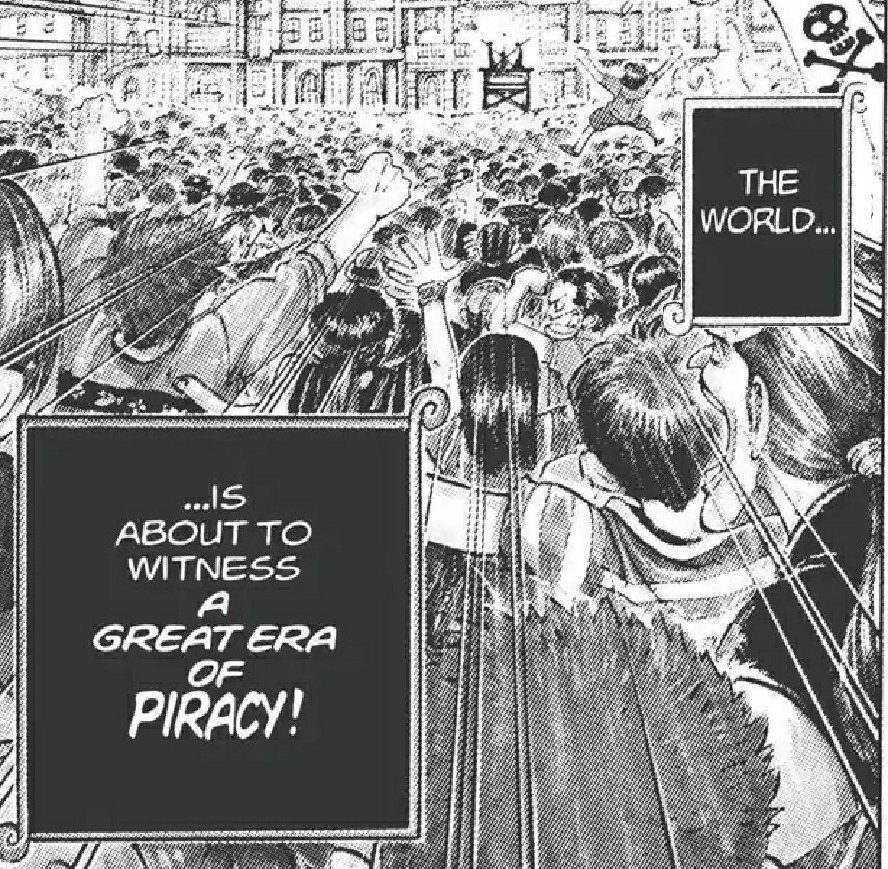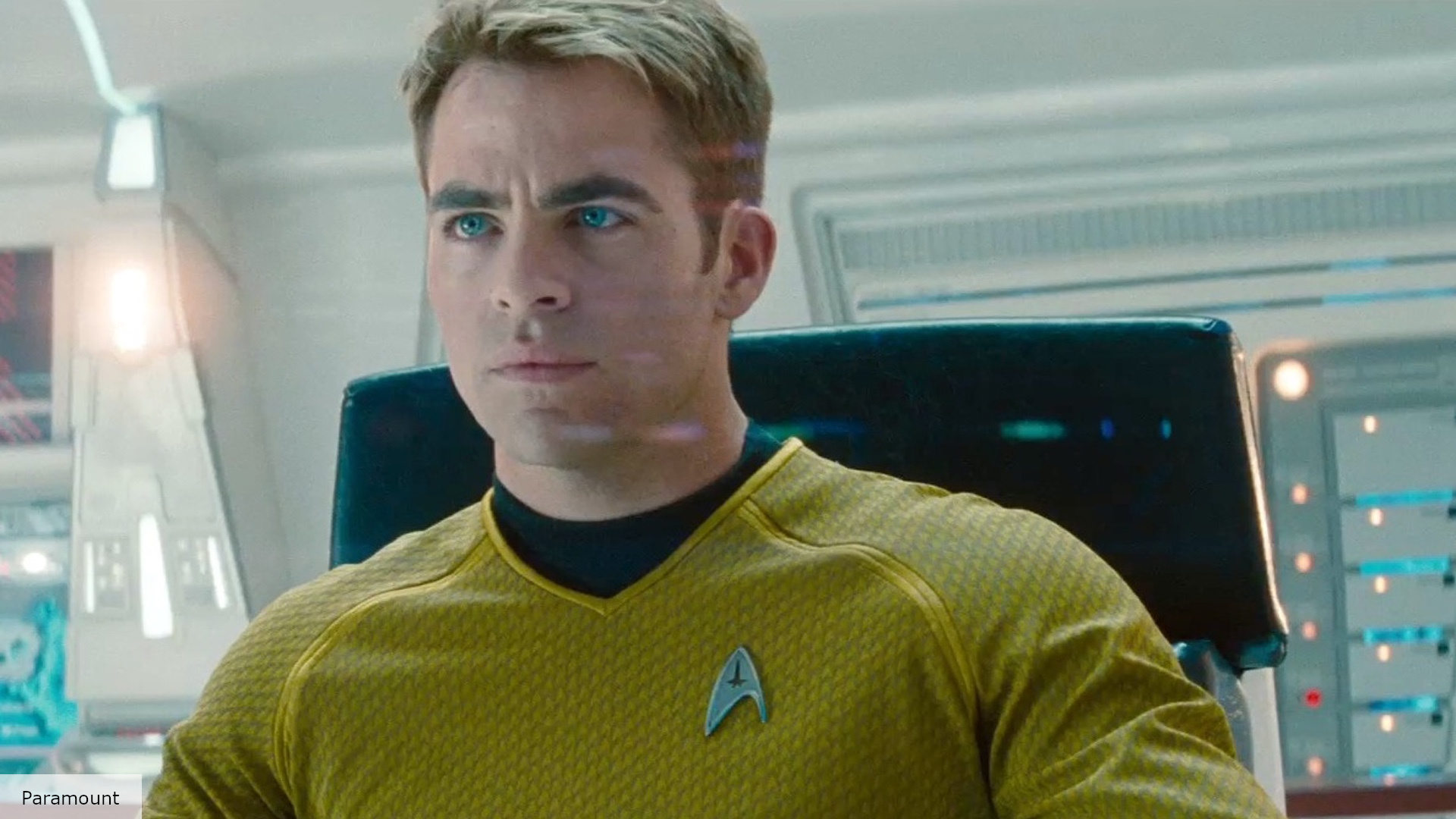“Time is an abyss, profound as a thousand nights.”
Few directors have mastered atmosphere like Werner Herzog. A veteran documentarian, he shoots nature in a way that makes the viewer feel dwarfed, awestruck, insignificant. He can conjure story out of expression with a facility that almost no one else can boast. It’s because of this that he makes for such a good fit to remake F.W. Murnau’s Nosferatu, which Herzog himself once called the finest of all German films. Herzog’s Nosferatu the Vampyre is as essential as its forebearer.
The story, and its beats, should be familiar to all by now. This is, after all, an adaptation of Bram Stoker’s Dracula. Murnau couldn’t get the rights to the book, hence the change in title and the name of the monster, who in Murnau’s film is called Count Orlok. Herzog was able to get the rights to Stoker’s novel, but wanted to remain true to Murnau’s film, so Nosferatu the Vampyre has the challenging task of being a remake, an adaptation, and an homage. It succeeds brilliantly at all three.
Opening on an unsettling panorama of distended, mummified corpses – real corpses, of course, this being a Herzog film – the story then shifts to the small town of Wismar, in Germany. The town itself is like a dream, laced with winding canals. It is the home of Jonathan Harker (Bruno Ganz) and his wife Lucy (Isabelle Adjani). From the beginning, Lucy seems ethereal, incorporeal; she wears dresses so thin as to be diaphanous, and her skin is so pale that she seems spectral. Adjani makes you think that she just doesn’t have enough blood in her body, which is intentional: Herzog already has us thinking about blood.
Jonathan is sent by his boss Renfield (Roland Topor) to Transylvania, where he is to meet with Count Dracula, who wants to buy a home in town. Topor was a bold casting choice. With his wet eyes and the nervous titter he uses as punctuation, no one in Nosferatu is playing at the same level. It could have been campy, it could have derailed the film, it could have aged poorly – but it adds menace and disquietude to the film’s early scenes. Whenever Renfield laughs, he gives the impression – correct, as it turns out – that he is in on a joke, one whose punchline we don’t want to hear.
Jonathan’s trek over the Carpathian mountains into Transylvania is hazy and dreamlike. Herzog shoots it with an approach similar to the one he used on his masterpiece, Aguirre, the Wrath of God. He feels reverence and awe towards nature, and when Jonathan disappears into the mountains, into the woods, we feel it too. It’s humbling, but more than that, it’s daunting. We, and therefore Jonathan, are made to feel insignificant, and it also speaks to the character of Dracula. Anyone or anything that could survive out here must be something formidable, something as ageless as the landscape itself.
In a lot of ways, Nosferatu the Vampyre builds to the introduction of Dracula, and it doesn’t disappoint. Herzog recreates some iconic shots from Murnau’s film, such as the castle doors swinging open of their own accord. Klaus Kinski – Herzog’s muse, who starred in many films for the director, including Aguirre and Fitzcarraldo – plays Dracula as Byronic and a bit melancholy. His German is hypnotic: lyrical and lilting (Herzog filmed this in both German and English; I watched the German version).
Kinski was an actor of almost unparalleled intensity. His only real modern-day equivalent would be someone like Willem Dafoe (which makes sense; Dafoe played Max Schreck in Shadow of the Vampire, a film about the making of Nosferatu). Herzog’s camera does little to belie Kinski’s slight stature. Dracula takes up entire door frames, looms over everyone he meets, and later in the film his shadow is as tall as a ship’s sail. One of the tensest shots in the film is of Jonathan eating upon arriving at the castle. Dracula, who doesn’t eat human food, does nothing but watch him. His eyes never leave Jonathan, and our eyes never leave him. Herzog sustains the shot far longer than most directors would, and it never loses its power. It’s an unbroken shot of a man eating while being watched, and it’s one of the scariest in the film. Later, Dracula, offended, overturns a chair and approaches Jonathan menacingly. Jonathan backs away from him until he falls into a chair. Dracula sits down. “Let’s sit down for a while,” he says.
Nosferatu the Vampyre plays with dread, not horror. There are no jump scares, just creeping insinuation. Herzog excels at little touches, such as small bats hanging in the windows of Jonathan’s room, a perverse mirror image of the playful kittens in his house in Wismar. He is awoken each day by a young boy playing the violin in the castle’s courtyard; it’s heavily implied that this boy is a ghost. Then there is the wonderful shot of Dracula loading up a coach with black coffins, each filled with dirt from a burial ground for plague victims.
The sequence on the boat is one of the story’s most famous, and for good reason. Herzog keeps it off screen for the most part, making it even more chilling when we find out that the crew has been systematically dying or disappearing. Dracula brings death to Wismar, in the form of thousands of plague rats. Soon the city is all but deserted, the streets lined with coffins and wooden crosses.
There is no real weak link in this cast, and when Adjani takes over as protagonist the film gets even better. Her performance is tough, while still allowing her to be afraid. But she has the power; Dracula is enamored of her, and she lets him suck her blood in order to distract him until daylight. The scene is played like a seduction; he hikes her nightgown up to her thighs and has his hand on her breast as he feeds on her. Yet Lucy never loses her agency in this scene.
Werner Herzog has never been a fan of happy endings. Nosferatu the Vampyre ends with Lucy dead, Renfield riding north to deliver the plague to Riga, and Jonathan turned into a vampire himself, ready to take Dracula’s place. As he rides away, destination unknown, the message is clear. The nightmare hasn’t ended, it has only changed. But why, and how, does it all look so beautiful? That is the spell cast by this film. Herzog is a master of whatever genre he chooses to work in, and this is one of his greatest achievements.
10/1: Dawn of the Dead
10/2: Drag Me to Hell
10/3: Pet Sematary
10/4: The Descent
10/5: Repo! The Genetic Opera
10/6: Desierto
10/7: The Blair Witch Project
10/8: Blair Witch
10/9: The Texas Chainsaw Massacre
10/10: A Nightmare on Elm Street (2010)
10/11: Prince of Darkness
10/12: 30 Days of Night
10/13: Friday the 13th (2009)
10/14: Slither
10/15: Tremors
10/16: Pandorum
10/17: It Follows
10/18: A Girl Walks Home Alone at Night
10/19: Poltergeist
10/20: Paranormal Activity
10/21: Creepshow
10/22: VHS
10/23: Nosferatu the Vampyre
10/24: An American Werewolf in London
10/25: The Witch
10/26: The Rocky Horror Picture Show
10/27: Cronos
10/28: The Hills Have Eyes
10/29: The Hills Have Eyes (2006)
10/30: Tucker and Dale vs. Evil
10/31: Halloween (2007)






